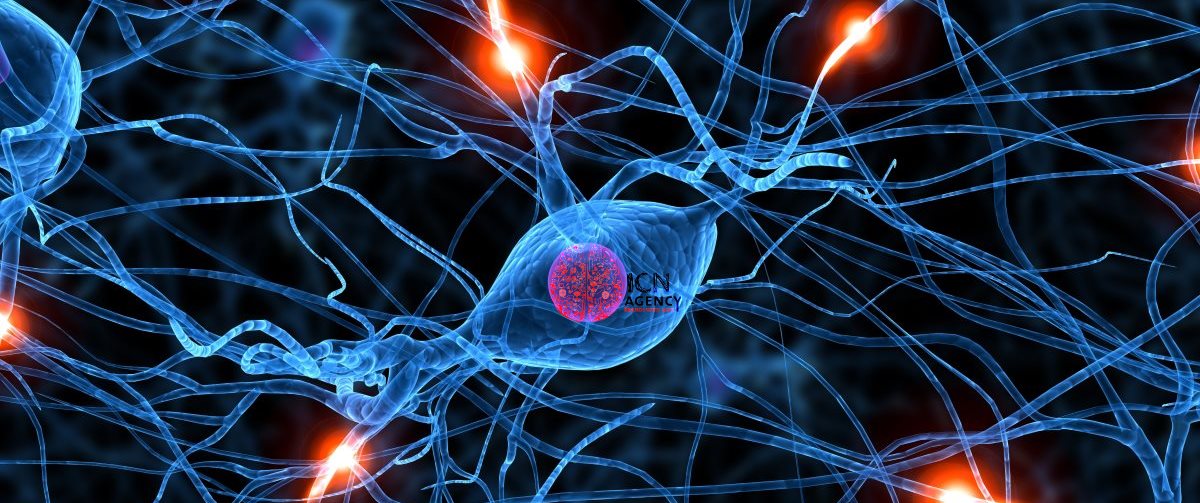By: Daniel Glaser | How rhythms become a vital part of us | A neuroscientist explains | Neuroscience | The Guardian
Whether it’s the physiological monthly cycle of a woman or a plant’s seasonal cycle, the external world influences biology
This column has run weekly for more than two years but, from a biological perspective, that is a bizarre rhythm. Cells and systems in the brain and body have built-in mechanisms to enforce a 24-hour sleep-wake cycle. And light-sensitive cells in the eye and elsewhere keep that synched to the earth’s rotation.
Animals and plants regulate their activities on an annual cycle, becoming frisky in spring and hibernating over the winter. Again, intrinsic mechanisms tend towards an annual cycle and sensors of various kinds nudge it to keep track of the earth’s rotation around the sun.
